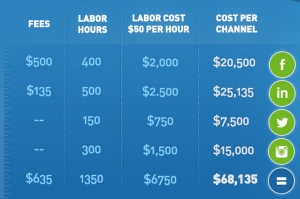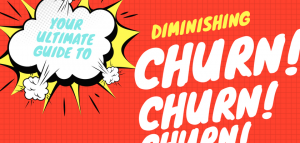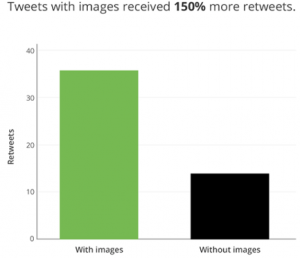— August 3, 2018

Pexels / Pixabay
Your readers are busy people. They may be new to your website and unfamiliar with your business or industry.
They also have a very specific problem, that if left unaddressed for long enough, they’ll move on. It’s up to you to keep them interested to the point that they’ll want to buy.
They don’t want to live with whatever problem brought them to you in the first place, but most people are slow to act – and have a running dialog in their head before they’re willing to pull out their wallet and take action.
How do I know it really works?
That’s too much money.
The last time I bought something online it failed miserably…
This might be a luxury and not a necessity.
If you’re writing a sales letter you can picture your reader standing over the garbage can ready to toss your letter the second they lose interest. If it’s a landing page or website copy, they’re ready to close the browser window, or move on to the next search result.
Overcoming Reader Objections
Make Every Word Count – If your readers sense that you’re struggling to get to the point, they may not have the patience to finish. The first thing you’ll want to do is identify with the struggle that brought them there.
Let them know they’re in the right place. Tell them that you know their problem is real and they’re not alone. They don’t have to suffer in that particular way anymore. Next, you show them the way.
Any words, sentences or paragraphs that obscure this can be deleted. Each marketing piece should have one central idea. If you veer too far off that idea, you’ll lose your reader. Go through your copy and be merciless. Delete what doesn’t support your central idea.
Copy that Leads the Reader to Action – It starts with a compelling headline. Your job is to first and foremost draw attention to your business amongst a crowded field. Your headline should provoke curiosity, state the benefit, or otherwise give the reader a reason to choose you.
It doesn’t stop there, though. The job of each sentence is to keep the reader moving to the next. This holds true from the headline down to the call to action. The more effectively you can keep your readers moving through your copy, the less chance they’ll have to form these objections in the first place.
Provide Social Proof – The most common form of social proof is testimonials or reviews. Your previous customers have an effective voice when it comes to speaking on behalf of your business. If you have a web page or letter aimed at a specific product or service, it helps to have some testimonials that will back that up. Your website should have testimonials that cover the broad range of services you offer.
This isn’t the only type of social proof however. Consider white papers, case studies, and social media as well. There are also a lot of businesses making good use of video testimonials as well. Building this kind of trust will help you in overcoming reader objections.
Living a Better Life – Too many companies are satisfied to go through a list of product features. The problem is your customer doesn’t care how the product works. They care how it will help them.
How does your product make your customer’s life better? How can you convey the experience in the most attractive light possible? Your readers buy based on emotion. Selling the experience shows them exactly how your product can help. This is done by showcasing the benefits.
Acknowledge Objections Head On – People appreciate the direct approach. If you’re writing a blog post about fixing a leaky sink – go ahead and tell your readers that it’s hard work. People who aren’t accustomed to the DIY lifestyle may be inclined to call the plumber – and that’s ok. (It’s also what you want them to do.)
Losing weight is hard work – even with the best product on the market. In a landing page or sales letter, it may mean addressing the price by giving a comparison.
For example:
You may be thinking that $ 800 is too much for our weight loss product. But when you consider that the alternative is a lifetime of diet products and pills, you’ll be saving money in the long run.
Show Your Value – Your reader has a running list of alternatives in their head as they read. It’s up to you to show why your product or service is preferable to the alternatives. This is usually best done in the call to action.
If you have a healthcare product, maybe it solves a problem that is previously unsolved without unpleasant side effects.
If you sell business copy machines, maybe the value is in the fact that it’s more efficient to make 30 copies of something – front and back. One of the most of effective ways I’ve found to do this is with the phrase “You could…”
You could continue trying to lose weight by popping pills.
You could continue spending an hour of your work day on meeting preparation.
You could go on trying the same ineffective business strategies.
The implied line is “But you know better.” The value is right there in plain sight.
Conclusion
It’s critical to win your reader’s mind in order to convert them into a customer. They may not be sold the second that they come across your marketing materials.
Business & Finance Articles on Business 2 Community
(39)







